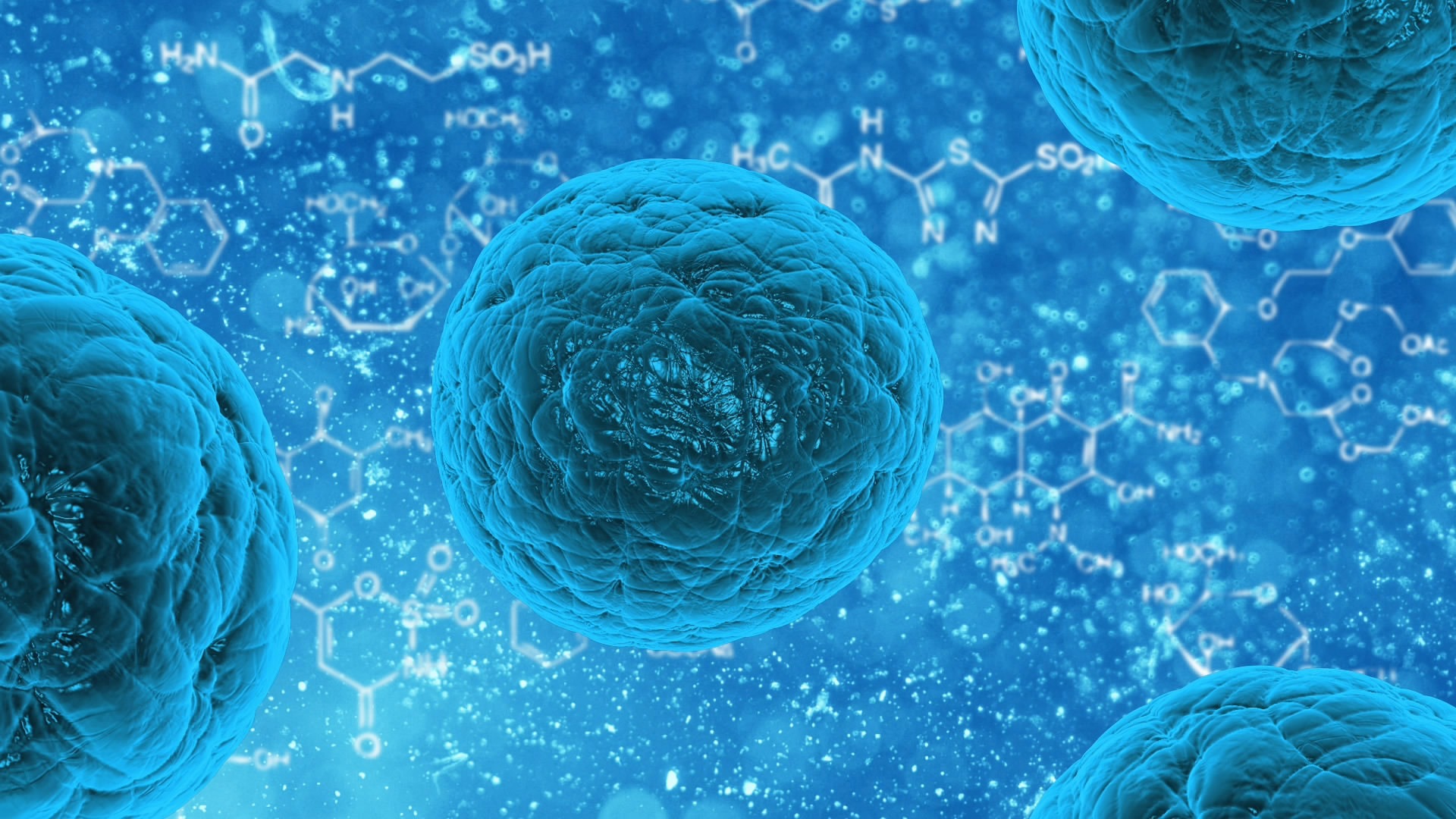 he world has learned to stay away from viruses, but these also hold vast amounts of biological information that can help put together the puzzle of our ancient ancestors and how they evolved. Such ancient viruses that don’t seem to die may also show why some of the other human species have disappeared from the face of the Earth. Large sections of permafrost are melting as the planet warms, unleashing materials that have been encased in its icy grasp for years. This comprises a plethora of bacteria that, in some cases, have been inactive for hundreds of millennia.
he world has learned to stay away from viruses, but these also hold vast amounts of biological information that can help put together the puzzle of our ancient ancestors and how they evolved. Such ancient viruses that don’t seem to die may also show why some of the other human species have disappeared from the face of the Earth. Large sections of permafrost are melting as the planet warms, unleashing materials that have been encased in its icy grasp for years. This comprises a plethora of bacteria that, in some cases, have been inactive for hundreds of millennia.
Researchers that recovered almost two dozen viruses, including one that was frozen under a lake more than 48,500 years ago, believe that the thawing of ancient permafrost caused by climate change may provide a new threat to people.
“One quarter of the Northern Hemisphere is underlain by permanently frozen ground, referred to as permafrost. “Due to climate warming, irreversibly thawing permafrost is releasing organic matter frozen for up to a million years, most of which decompose into carbon dioxide and methane, further enhancing the greenhouse effect.”
Jean-Marie Alempic, et al.
Researchers from Europe analyzed prehistoric samples taken from permafrost in Russia’s Siberia. They discovered that 13 new diseases, which they resurrected and classified as “zombie viruses,” continued to be contagious despite spending many ages frozen on the earth.
While the record-breaking virus was discovered beneath a lake, other extraction sites contained Siberian wolf guts, mammoth wool, and other permafrost-buried materials. The scientists demonstrated that the viruses still had the potential to be contagious pathogens using live single-cell amoeba cultures.
As the world heats, enormous amounts of germs are also being released into the environment, though one could argue that with the availability of medicines, they pose less of a concern. In particular, as the Arctic region gets more populated, a new virus, such as SARS-CoV-2, might be far more harmful to public health.
Although it’s unclear how contagious these viruses will be once they’re exposed to the light, heat, and oxygen of the outdoor environment, many of the viruses that will be unleashed when the ice thaws will be entirely new to humans. All of these topics might be looked into in further research.
The University of California, San Francisco’s Eric Delwart, a virologist, concurs that the investigation into what lurks beneath the permafrost is only beginning with the discovery of these enormous viruses. Delwart has a great deal of expertise in reviving old plant viruses, despite the fact that he was not engaged in the current investigation.
Due to the strains, they selected, namely those able to infect amoeba microorganisms, the team of researchers from Russia, Germany, and France said the biological danger of reanimating the viruses they analyzed was “absolutely low.” They cautioned that their findings might be expanded to indicate the threat is genuine, saying that the possible rebirth of a virus that might infect humans or animals is considerably more serious.
Avid Writer with invaluable knowledge of Humanity!
Upcoming historian with over 30 million views online.
“You make your own life.”





